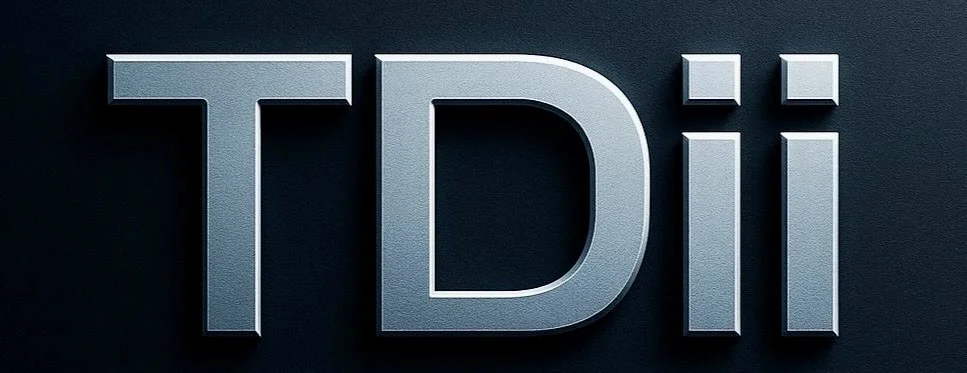AI & Change: What Change Managers Told Us (and What to Do Next)
I joined an excellent APMG International webinar yesterday, “AI and Change: What it means for Change Managers,” hosted by Shanice Mitchell Cox with expert Melanie Franklin (Founder - Capability for Change).
The discussion was frank, evidence-led, and—crucially—human.
What stood out
Trust starts with training. In a live poll, attendees’ most trusted AI info sources were training courses (75 votes), then LinkedIn groups (61) and professional bodies (60)—well ahead of global consultancies (17).
Words matter. “Artificial intelligence” carries baggage; terms like assistive intelligence or synthesised intelligence help position AI as support, not threat.
Agentic AI is here. Think guided “nudges” through the change lifecycle—automated reminders, tailored prompts, celebrating milestones—so humans can focus on empathy and influence.
Human > AI (for trust). AI can analyse sentiment, but it can’t feel. Emotional intelligence, persuasion, and relationship-building remain the differentiators.
The timeline just moved. McKinsey now suggests ~50% of work could be automated by 2030–2050—pulled forward by GenAI’s acceleration.
Specificity beats ambiguity. AI needs clear context to be useful; leaders are pasting vision statements straight into ChatGPT to test real-world impacts.
Psychological safety is non-negotiable. If employees know AI is analysing transcripts, they may self-censor. Bake transparent AI usage principles into your change strategy.
Resistance is evolving. Traditional pushback is amplified by job-loss anxiety—particularly for graduates entering a market where repetitive entry-level tasks are automated.
Skills must shift up-stack. Prioritise curiosity, emotional intelligence, negotiation, and higher-level problem-solving as automation expands.
Practical takeaways for change leaders
Co-design AI etiquette. Publish simple guardrails: what AI will/won’t do, how sentiment is used, and how feedback remains safe.
Start where it’s painful. Deploy agentic AI on high-time/low-value tasks (chasing training, hygiene comms, checklist tracking) to free human time for hard conversations.
Make context a habit. Every AI prompt gets role, process, policy, and success measures—or don’t use it.
Measure what matters. Track confidence, participation, habit-formation, and overlay with transparent sentiment trends. Share the MI weekly.
Upskill now. Programmes like Neuroscience for Change, Agile Change Agent/Coach equip teams to combine brain-friendly change with AI nudging.
Language reframes fear. Try “assistive intelligence”—it positions AI as a colleague, not a competitor.
The bottom line
AI is brilliant at analysis and automation; humans are indispensable for trust, empathy, and momentum. Design your operating model so each does what it does best—and make psychological safety the foundation.
Thanks to APMG International and Melanie Franklin for a timely, practical session.
#AI #ChangeManagement #AgenticAI #AssistiveIntelligence #DigitalTransformation #OrgChange #Leadership #EmotionalIntelligence #PsychologicalSafety #FutureOfWork #SkillsForTheFuture #HumanInTheLoop #ITIL #Agile #NeuroscienceForChange #APMGInternational #McKinsey #GenerativeAI #WorkforceTransformation #EmployeeExperience #Governance #EthicalAI #AIAdoption #PublicSector #Consulting


